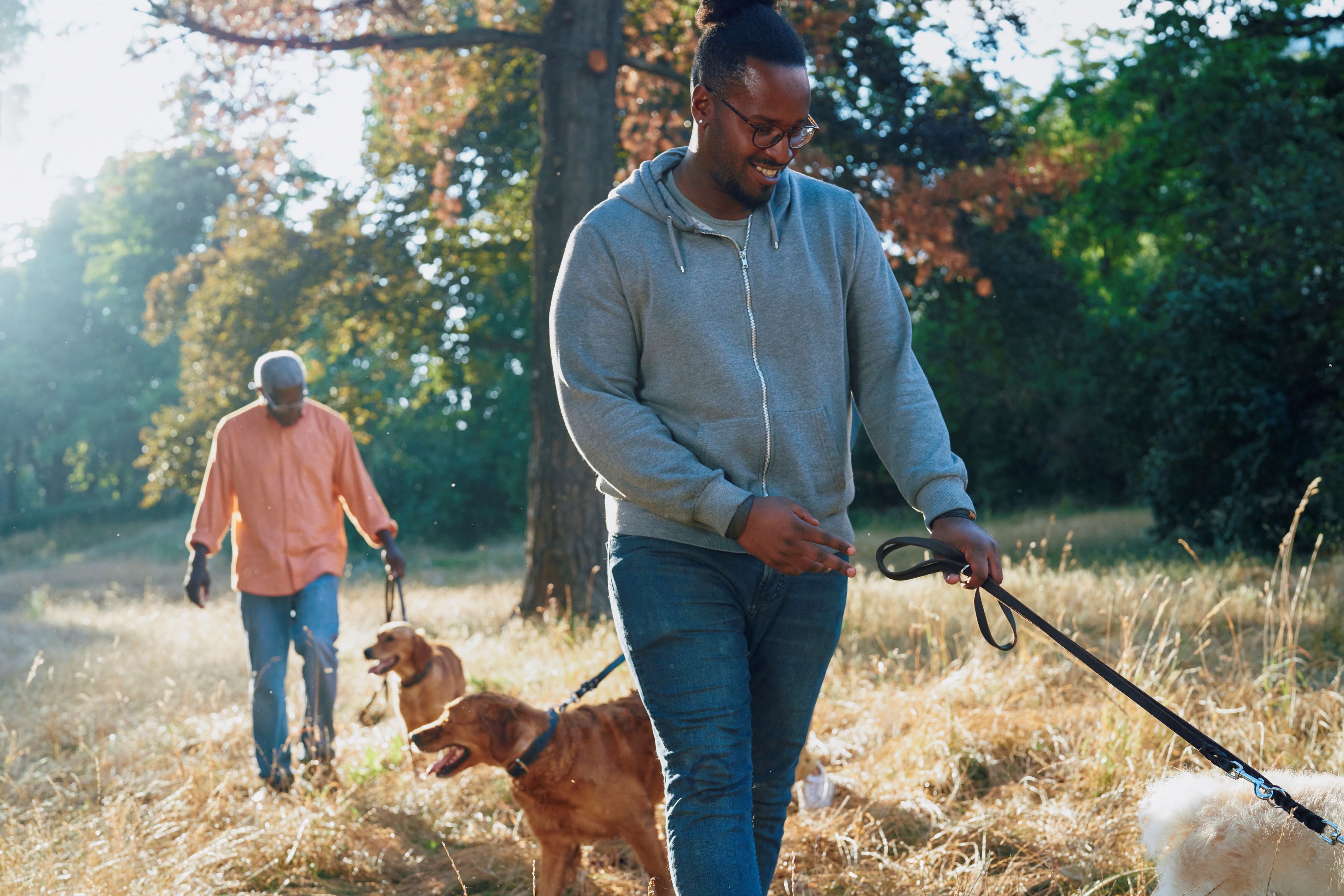Uniting to stop rabies: a global and local endeavor
Sparking change in communities through learning

This World Rabies Day, we’re highlighting the often-overlooked danger of rabies and the urgent need for global action. Our ‘Stop Rabies’ programme was launched to reinforce our mission to improve the health of both animals and humans worldwide. While rabies has been eliminated from terrestrial animal populations in the UK, many underserved communities across the world, especially in remote areas, still face challenges in fighting rabies, due to limited awareness and access to vaccines. That’s why we’re partnering with local communities, health authorities, governments, non-governmental organisations (NGOs) and healthcare professionals to help stop rabies. Through our ‘Stop Rabies’ programme, we deliver high-quality vaccines and support education and surveillance initiatives in collaboration with local partners. Over the past 20 years, we have delivered over 1.5 billion doses of rabies vaccine worldwide.
Globally, rabies claims over 59,000 lives every year, with children making up 40% of the victims.1 This is a tragic fact, especially as rabies is preventable. By vaccinating dogs, we can protect human lives and help eliminate rabies.
Partnerships are crucial in our fight against rabies. No single organization can take on this massive challenge alone. Collaboration among global, regional, and local players is essential to reaching people in the last mile and eliminating rabies. The Global Alliance for Rabies Control (GARC) united with the World Health Organisation (WHO), the World Organisation for Animal Health (WOAH) and the Food and Agriculture Organisation (FAO) is aiming to eliminate rabies through its ‘Zero by 30’ goal, a global strategic plan to end human deaths from dog-transmitted rabies by 2030.
Last year, we signed a three-year collaboration agreement with GARC to implement dog vaccination programmes to raise awareness by continuing to educate local communities, health professionals, and veterinarians all over the world to achieve this goal. These activities could only be achieved via collaboration with GARC, regional Boehringer resources and local communities. Together, we can achieve a future where rabies is a threat of the past. Together, we can stop rabies.
References
WHO Rabies Fact Sheet. Available at: Rabies (who.int). Accessed September 2024.

